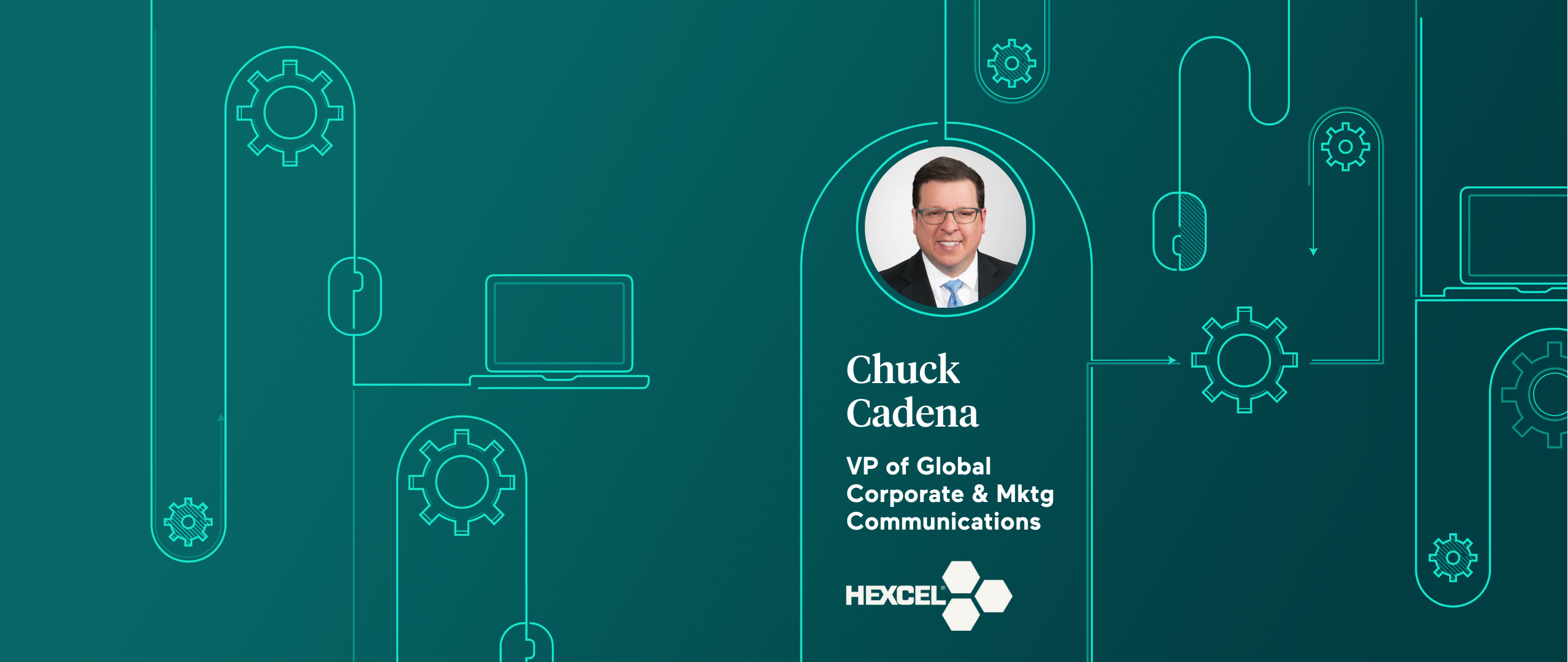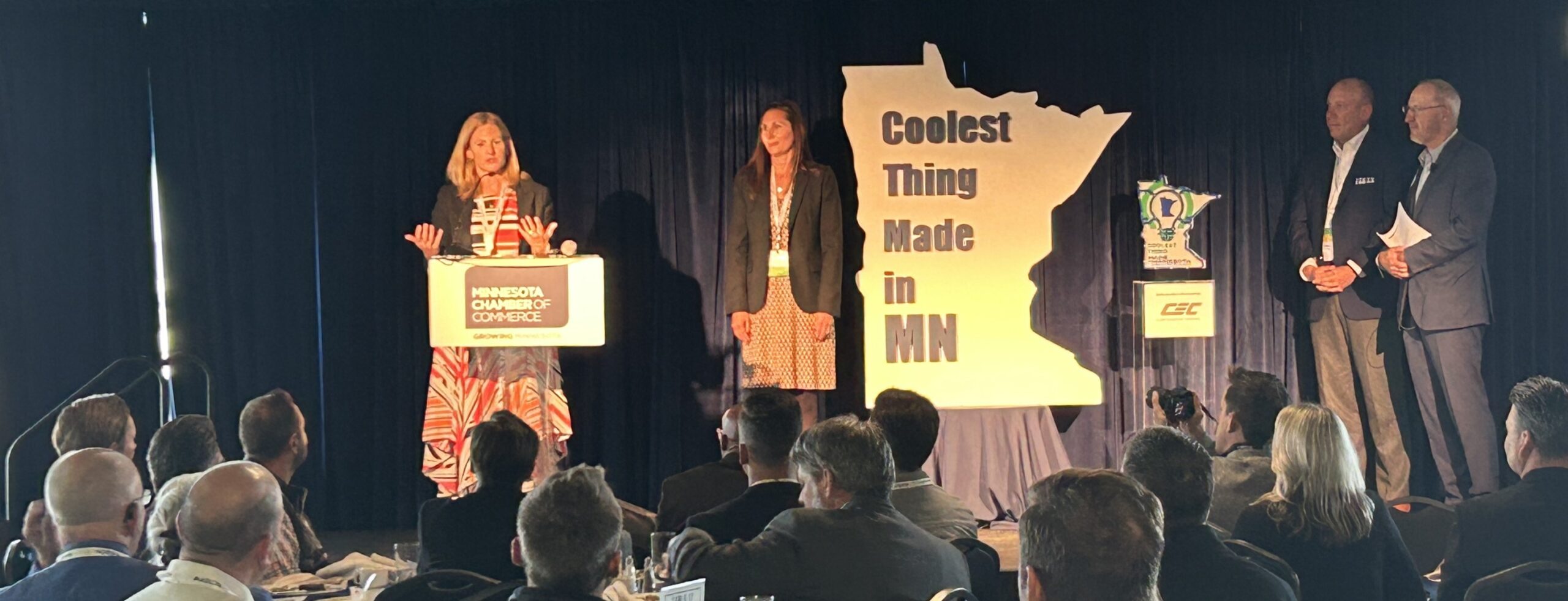Healthcare companies selling to a B2B audience should include LinkedIn as a key channel in their PR program for demand generation. It can help shorten a long sales cycle and enhance the ROI of your PR investment. It’s proven to be the best social platform for garnering conversions. LinkedIn drives greater than 60 percent more conversions than other social platforms according to the Business Marketing Association’s 2015 B2B Social Media Survey.
A compelling and targetable audience
There is a clear and targetable presence by key hospital and healthcare decision-makers in North America on LinkedIn, including:
- 15,000+ CFOs and VPs finance
- 46,000+ other C-suite leaders
- 4,000+ supply chain leaders
- 80,000+ physicians
- 775,000+ nurses
Inprela recommends using paid targeting services to surface sponsored content in the news feeds of key audiences via your company LinkedIn page. Our objective is to surface your brand in front of prospects as early in the discovery process as possible and move them to a desirable next action. You can target strictly based on title within the hospital and healthcare industry, or you can more narrowly conduct title-specific targeting among specific health systems or within specific geographies. We recommend paying per-click vs. paying per-impression. That way, you’re only paying for action or engagement, while the exposure (without a click) is free. Paying roughly $7 to have a prospect click on your content is a very cost-effective way to expand the scale of your thought leadership and help move prospects further into the sales funnel.
Develop really good content
Captain Obvious, here: you need really good content to garner strong results. People use LinkedIn for professional purposes – networking, job-searching and professional development – making it an effective platform for tips-based, educational content. Develop non-commercial, valuable resources that will help your prospects gain information needed to make a purchase decision. Content that performs really well includes: case studies, listicles, how-to or best practice pieces, industry studies and commentary pieces on the future of the industry. Additionally, when you are published in a leading healthcare trade publication, you should post and sponsor the article on LinkedIn to gain additional benefit from the publication’s endorsement of your expertise. Not only must your content be compelling, so to must the headline and copy you use to promote your content on LinkedIn. Use active voice, highlight trends or data and make it very obvious why someone should take the time to click on your post.
The most successful thought leaders don’t solely promote themselves on LinkedIn, but also aggregate the best industry content from other sources, putting their own spin on why it matters to their target audience. Post great content from other thought leaders with a short description of why your prospects should care.
Measuring success
You’ll be able to track how many people were reached, how many people clicked on your post and the average click-through rate (CTR). A good baseline for sponsored content CTRs is 1 to 3 percent, but Inprela’s goal is to optimize the content and targeting to achieve a CTR of 4 to 6 percent. The larger the audience and the stronger the call to action, the better your chances of enhancing CTR. If your call to action is directing people to your website, you’ll also be able to measure engagement levels through your website analytics platform.
If you’re curious about the potential of LinkedIn targeting for your B2B healthcare brand, start by running a test campaign. Pick your two strongest pieces of content and target them at the same audience. Set up a few variations of each piece with different headlines and images. Running test campaigns allows you to evaluate what type of engagement your brand can drive on LinkedIn. You’ll also gain insight on how well your message resonates with target audiences, including which headlines and calls to action perform best. This data and analysis can help you determine whether it makes sense for your brand to develop a longer-term LinkedIn strategy.
If you have really compelling, data-driven content and a controlled way to surface it in front of your top healthcare decision-makers, why wouldn’t you jump at the opportunity?



